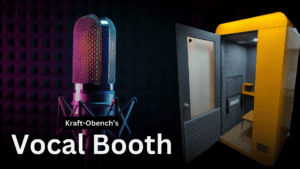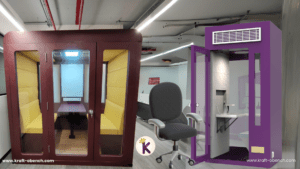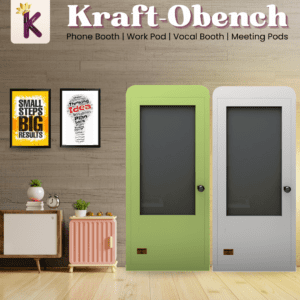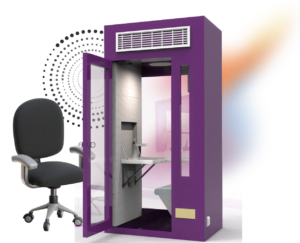Because of the coronavirus crisis, remote work is normal for a huge number of individuals, and most of us are adjusting.
However, many unpleasant stereotypes about what occurs when people work from home have remained. Working from home appears to be the best option, right? Obviously, all of us had feelings. And no one can deny that getting out of the corporate desk has its advantages.
However, there are enough myths about the rising remote workforce that it is appropriate to clarify a few of the most frequent ones.
Why work remotely?
Working from home is becoming an increasingly popular and valued advantage in modern businesses, and it’s easy to see why. The benefits of not having to commute are evident to employees, but companies perceive them as well: Overhead expenditures are reduced if you do not have to offer desk space and equipment for your employees, and you will never be late due to traffic or transit concerns.
But how can virtual employees be held accountable if they aren’t visible in the office?
Will their supervisors consider them “out of sight, out of mind”?
What’s the reachability during normal business hours?
Would they not be distracted by their personal commitments at home?
Whether you work from home yourself or manage others who do, it’s critical to separate fact from fiction. When it comes to remote-work habits and practices many myths need debunking.
So, here are seven of the biggest myths about Working from home.
1. Less Productive: People typically imagine remote employees watching TV or doing home tasks instead of working, but this is not the case. Various studies have shown that people are more productive when they work from home. Also, people working from home value company more than working at offices. Usually, they are more accountable while working from their respective places.
2. Less Earning: The fact that employment and places are no longer linked does not imply that remote employees get paid less. Reinforcing this manner of working helps to level the playing field in terms of career growth and pay equity. Because of the nature of remote work, your worth and income are related to outcome-based KPIs and performance rather than your location. Moreover it also depend on how “noticeable” you are in the office.
3. Can’t Connect with Co-Workers: Working from home may appear to be a lonely endeavor, with minimal human connection during the day. However, much like office workers, remote workers frequently connect over virtual meetings, and some firms even provide virtual social events for distant workers.
4. Remote Work is a Scam: One of the most popular misconceptions about remote work is that it is all a scam or that it is only accessible for extremely entry-level, particular occupations. The fact is that valid work-from-home opportunities exist in a wide range of areas and at all levels of experience.
5. No Accountability: It’s a widespread myth that remote employees lack responsibility and that there’s no way to tell if they’re doing their task. However, just because employers can’t see a remote employee doesn’t signify, they aren’t working. In addition, if a corporation is effective in objectively assessing goals and accomplishments, it should place a greater emphasis on outcomes rather than physical presence.
6. Unsafe Data: Many individuals are concerned that putting corporate gadgets, information, and data on home networks may result in massive cybersecurity incidents. Fortunately, this wasn’t the case. To keep data safe, IT workers throughout the world have used a number of safe and effective ways.
7. Technical Support & Office Equipment: A typical misunderstanding about remote work is that employees require more technical assistance and are thus more expensive. Apart from all the technical support employees complain about the major needs of office equipment, Kraft-Obench has brought up the solution for employees who need furniture and a proper setup to be more productive.We bring you our wide array of work pods, home office enclosures and acoustic pods.Do check out our Site for more info
Summing Up
Many misunderstandings about working from home have existed in the past, but as business demands change, these beliefs are dispelling. Remote work is here to stay, and millions of individuals all over the world enjoy and support this form of work flexibility.
When one is unsure if working from home will be a temporary or permanent move, things might be really important.Is this information helpful?
If yes, visit https://kraft-obench.com for more of such blogs, tips, trends and innovative work from home and office work pods solutions. Also, let us know your views about the same.








